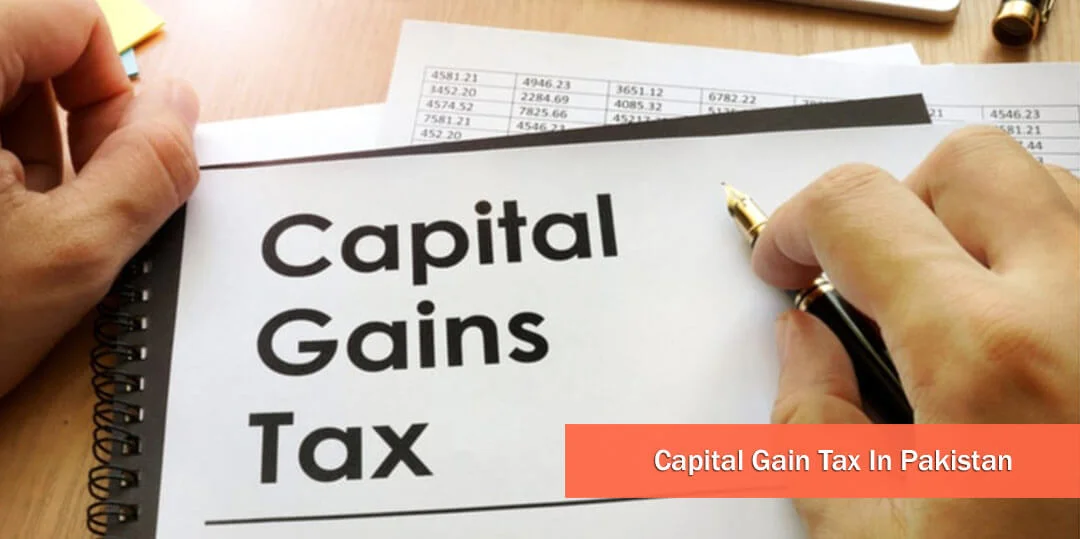
Capital Gains Tax (CGT) can seem daunting if you’re not used to handling taxes, especially if you’re selling property, shares, or other assets. But it doesn’t have to be a headache. In fact, once you know the basics, it’s surprisingly simple.
This article breaks it down into five simple steps so you can confidently file your CGT return without getting lost in the paperwork. Let’s walk through the process.
Step 1: Work Out If You Owe CGT
The first thing to figure out is whether you owe Capital Gains Tax at all. CGT applies when you sell, give away, exchange, or otherwise dispose of certain assets and make a profit, or “gain.”
You won’t always owe CGT. For example, if you sell your main home, chances are it’s covered under Private Residence Relief. But if you’ve sold a second property, shares, cryptoassets, or business assets, you might need to pay up.
There’s also an annual tax-free allowance—known as the Annual Exempt Amount. For individuals, it’s been reduced in recent years, so it’s worth checking the latest threshold on the HMRC website.
Step 2: Calculate Your Gain
Once you know you’re liable, the next step is to work out how much you gained and file cgt return. It’s not just the sale price minus the purchase price. You can also deduct certain costs, like legal fees, stamp duty, and the cost of improving the asset (think renovations, not routine maintenance).
Let’s say you bought a flat for £200,000 and sold it for £300,000. If you spent £10,000 on solicitor fees and major upgrades, your gain would be £90,000, not £100,000.
It helps to keep good records from the start—receipts, contracts, valuations—so you’re not scrambling when it’s time to file your CGT return.
Step 3: Report and Pay On Time
Timing matters. For UK property sales, you typically have 60 days from the completion date to report and pay CGT to HMRC. For other assets, you report the gain on your Self Assessment tax return.
Don’t leave this to the last minute. HMRC charges interest and penalties if you miss deadlines. And no one wants to deal with a tax bill plus a fine.
If you’re not sure when your reporting window starts, it’s a good idea to check HMRC’s online tools—or ask an accountant to walk you through it.
Step 4: Use the Right Platform
To file a CGT return, you’ll need to use HMRC’s online service. It’s fairly user-friendly and guides you step by step. First, you’ll need a Government Gateway account. If you don’t already have one, set it up early—it takes a few minutes, and you’ll need to verify your identity.
Once logged in, you can submit your CGT return and pay any tax due. HMRC usually sends a confirmation pretty quickly, which you should save for your records.
Step 5: Don’t Go It Alone If You’re Unsure
Filing a CGT return can be simple for straightforward sales, but more complex scenarios—like selling a jointly owned property or disposing of shares bought at different times—can get tricky.
If you’re unsure about calculations or tax reliefs, it’s worth getting help from a qualified tax adviser. It could save you money and give you peace of mind that everything’s done by the book.
Conclusion
Filing a CGT return doesn’t have to be overwhelming. Break it down into steps: know when CGT applies, calculate your gain properly, report it on time, use the right platform, and get help if needed.
Stay on top of deadlines, keep clear records, and don’t be afraid to ask for guidance. That way, you’ll keep the taxman happy—and avoid any nasty surprises down the line.
And remember, the sooner you get it done, the sooner you can move on.